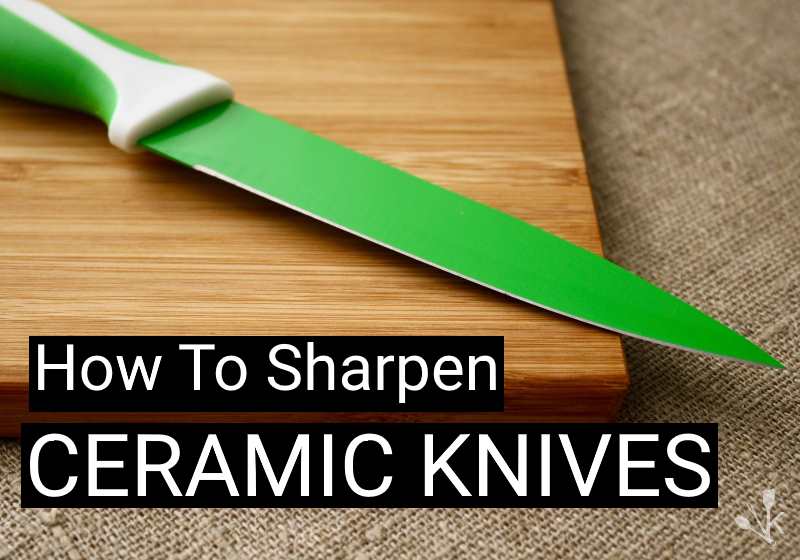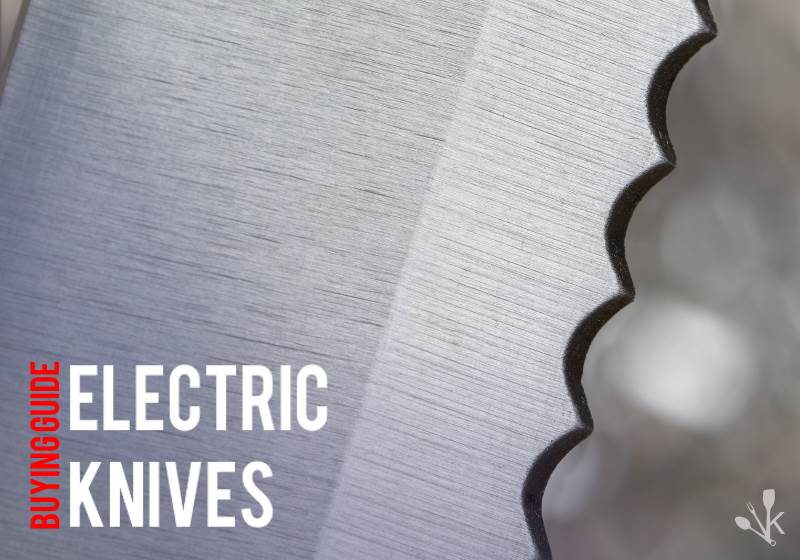Before you ever purchase your next best kitchen knife, you should understand a few things about basic knife parts. Just as with any tool, it is always smartest to invest in the best quality possible.
No matter what you plan to use a knife for, you will get the best results when you use a well-designed, purpose-built tool. Conversely, if you use poor quality knives you are sure to find yourself frustrated with both the process and the results.

Knowing the parts of a knife and their functions will help you make wise choices.
Point
The point is the very end of the blade. It is used for piercing, starting a difficult cut, or can even be handy for holding your food in place while you cut with another knife.
Not all knives have points, for example, specialty slicing knives or bread knives have a curved end, as does the common table knife.
Not all points are the same, they can angle upwards – known as a ‘trailing point’ – as with a fillet or boning knife, or even downwards, though you won’t generally find this ‘hawkbill’ style in the average kitchen. Some cheese knives even have a double point and can be used like a fork.
Tip
The tip of the knife is just behind the point. It is the end quarter of the blade and you use it to cut and separate small items. You may just use the tip of your knife for finer slicing tasks, like chopping garlics and onions.
In low quality knives, you may have issues with an overly flexible blade and see bending or even snapping of the tip.
Whereas flexibility is desirable in certain kinds of food prep – such as when boning or filleting, to help the blade slide around the solid parts – ensure that any flexibility is purposely built-in and not just cheap design.
Center
The center – or belly – of the knife is used for long, slicing motions. It is the area of the knife that gets the most wear and needs the most sharpening. You rely on this for all your routine chopping and slicing.
Edge
The edge is the action part of your knife – the sharp part of the blade from tip to heel. Although edge angles and designs can vary, there are three basic kinds of edge:
Plain/Straight
This is the edge that most kitchen knives feature. It can be sharpened using a sharpening steel or your best electric knife sharpener and is best used for getting clean cuts when working with raw meat and chopping vegetables, for example.
Granton
This edge has small grooves on each side of the blade, or sometimes even holes through the metal. It is designed this way to stop food from sticking to the blade.
Granton edges also tend to slice much better than other edges, with less tearing of food. A great choice for moist or sticky foods.
These too can be sharpened using a steel, machine or strop.
Serrated
You’ll find this edge most commonly on steak knives and bread or tomato knives – they are ideal for slicing any foods that have a tough exterior but are soft on the inside.
They are perfect for cleanly and evenly slicing up any baked products – from baguettes and croissants to cakes – and work by neatly sawing through your food.
Sharpening serrated knives can be difficult for a novice. They can’t be honed with a steel or knife sharpener, but once the edge has lost its sharpness, we recommend buying a new one.
On the other hand, serrated knives do hold their sharpness for a lot longer than other blade edges, so you won’t have to replace them too often.
Spine
The spine is the blunt, top side of the blade and is thicker than the lower part. Thickness will vary between different knives and plays an important role in the overall strength and balance of the knife.
Often when cutting more solid items, you’ll use the palm of your hand on the spine to help push the knife downwards, so it’s important the spine is blunt.
When trying out different knives, check that the spine has been nicely rounded off or sanded to ensure it’s not sharp. There are a few models out there that have neglected this important consideration, with users receiving cuts from the supposedly blunt edge.
Heel
The heel is the thicker part of the blade towards the handle. This portion of the blade is used for cutting through tougher items where a bit of force or weight is necessary, like chopping through the rind of a heavy squash, nuts, or a solid carrot.
You can press down on the back portion of the spine to give the heel more power to get through those tough bones.
Bolster
The bolster is a thick metal band where the blade and handle join. It serves to strengthen and stabilize the knife. The bolster is in place to prevent your hand slipping forward and encountering the blade.
Not only is it safer, it provides superior comfort, as you’re not always having to grip so firmly or adjust your grip to keep from slipping.
You will only find bolsters on knives that have been forged. They are not present on stamped knives or Japanese knives. One advantage of no bolster means you can easily sharpen the entire blade length.
A forged knife is one that has been made by heating and grinding metal to the desired blade shape. A stamped knife is one that has been cut or stamped from a sheet of metal and pressed into the desired blade shape.
A forged knife is heavier, sturdier and better balanced than a stamped knife. The presence of a bolster is generally a sign you are dealing with a higher quality knife.
Handle
The handle is also known as the scales. The end of the handle is called the butt. Knife handles may be made of metal, wood or a synthetic material like plastic or silicone.
Metal is stronger and more durable. Some metals can be heavier and most are more slippery, as well as being prone to scratches and dents – not a material that we would recommend.
Wood, although attractive, non-slip and comfortable, can break down easily, particularly in wet conditions. Wood can also harbor bacteria in microscopic cracks or defects. If you have your heart set on a wood-handled knife, make sure it’s crafted from hardwood like pakkawood – this has been specially treated with a plastic resin to make it stronger and longer lasting.
Although with many kitchen tools synthetic is not recommended, when it comes to knife handles, it may be the best choice. A good synthetic can provide you with a better grip and can withstand higher temperatures safely.
Your handle should be non-slip, even when greasy. It may or may not have grooves in it for comfort.
The most important thing is that a handle feels comfortable to you – this is why it’s so important to physically try out knives before you buy. Some retailers even allow you to physically chop foods with the knives to get a good feel for them before purchase.
Tang
The tang is the portion of the knife blade that extends through into the handle. In a superior quality knife, the tang is embedded deeply into the handle – this is referred to as a full tang and creates a well-balanced knife.
A partial tang only goes partway up along the top edge of the handle. This kind of skimping on quality interferes with both the balance and the durability of your knife.
If you’re looking for a quality, well-balanced, strong knife, we recommend only buying models that have a full tang.
Fasteners
The handle fasteners connect the tang to the handle. They may be rivets or they may be screws. More often than not, you’ll see rivets, because they are inexpensive and require no maintenance. Unfortunately, if a rivet becomes loose there is nothing you can do about it.
Screws, on the other hand, can be tightened and adjusted. They can also be removed so that you can take your knife apart and clean it completely. The downside of screws is that you need to check them from time to time because they can become loose when you use your knife.
Some very cheap knives do not have handle fasteners. Instead, the tang and the handles are simply epoxied together – this will eventually break apart and leave you with a useless knife.
When testing out knives to buy, make sure whatever fastener used is flush with the handle and not sticking out or uncomfortable.











